Even using a PGA, say the AD8251 that you have in mind, you have only a limited set of output amplitudes that you have available to you, in this case about 0.6V * (1,2,4,8). This isn't really an 'adjustment' of the amplitude for most sorts of applications. Further, you can't reduce the amplitude unless your PGA also allows fractional gain. If it works for you, though, you should probably keep in mind the following :
The AD9833 output isn't biased to ground. The midpoint of the signal is elsewhere, somewhere around 0.3ish volts. This means that simply putting in the output to IN+ and GND to IN- won't work. EDIT: It will still give you a sine, just one thats at some other bias. If that doesnt matter to you, go ahead.
If you want a signal biased to ground, one option to get around this is to use a high pass filter with a really low cutoff frequency or AC couple the signal (which are usually effectively the same thing). This will give you something that is better biased to ground, but the biasing will not be perfect unless you have a very effective filtering circuit. The 24MHz you're using to the run the 9833 will show up on the output and a frequency this high is likely to get rectified along the chain and produce a small additional DC offset. There are other sources of potential DC offset. What this means is that your PGA output won't be a clean sine wave.
The bias point of the 9833, which, by all rights, should be the IN- to your PGA, isn't accessible in any way. You could try the reverse of the approach of 2, where a low pass filter with a really low cutoff frequency could be used to generate something close to the bias point of the sine wave.
If you use 2. or 3, be careful if you use a PGA using a switched capacitor approach (the AD8521 is not one of those, so you should be fine using that). If you do use something with a switched capacitor input, though, there should be a buffer on whichever signal you filter.
Alternative approaches for achieving this sort of control exist. You can use certain DAC's, with the output of the 9833 going into the REF input of the DAC. Make sure that the DAC supports REF levels over the full range of the 9833 output voltage range (not all do). You could also use a digital potentiometer to scale the signal down to some level (which is essentially how some DACs do it anyway). Since it seems you need a high signal level, this would be followed by a fixed gain amplifier. This should easily be able to give you 8-12 bits of control.

